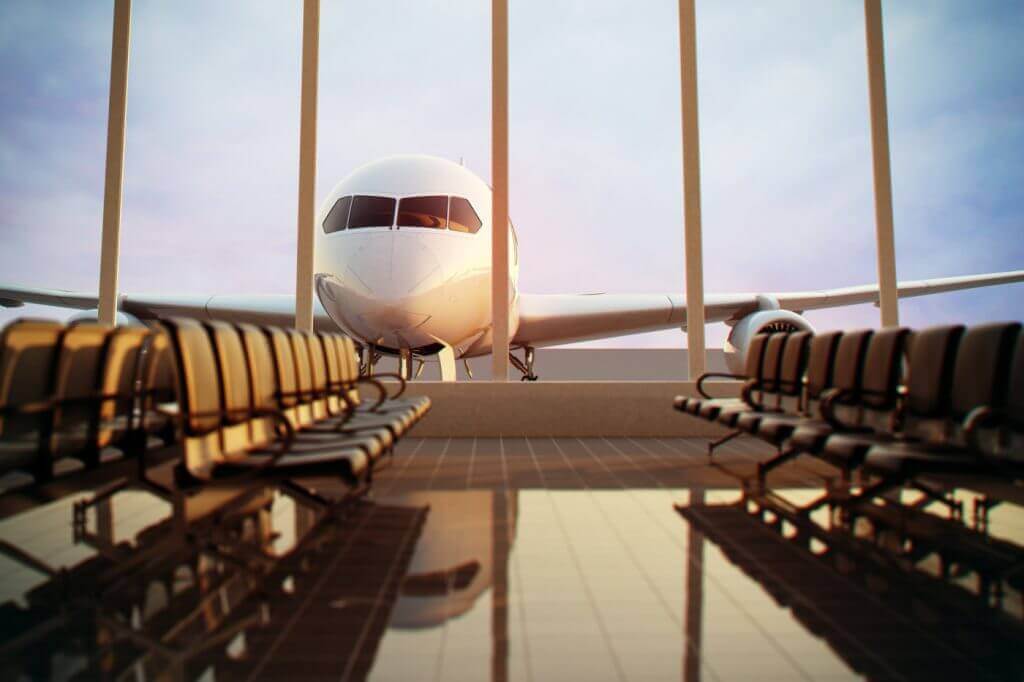
Next-generation sales tactics for plane tickets haven’t yet materialized. Airlines and technology firms have been slow to adopt new technologies, prices, and commercial models. In the meantime, some airlines are hoping so-called fare families or branded fares — where airlines bundle tickets along with extras like free checked bags in a total price — will be a stopgap fix.
Airlines have long wanted to move to so-called personalized pricing. They would like to sell online in ways that make it more difficult for a traveler to comparison-shop by the lowest price alone. Eventually, they want to promote tickets based on a traveler’s spending history.
To achieve these goals, airlines need distribution channels like online and offline agencies to cooperate. The industry needs to adopt new technical ways to display their fares and other content. But change has been slow.
A case in point is the so-called new distribution capability. About 21 substantial airlines, such as Air France, United, and Qantas, have pledged to have 20 percent of their sales be powered by new data transmission standards by the end of 2020. In March, the International Air Transport Association, which champions the effort, said it thought airlines would reach that goal.
However, skepticism was the watchword last week at an annual conference of airlines and travel agencies run by ARC (Airlines Reporting Corporation) in Leesburg, Virginia.
“Whether we get to 16 percent or 14 percent, the industry is moving in the right direction,” said Stewart Alvarez, head of industry affairs in the Americas for Amadeus, the distribution technology company, on a panel. His counterparts at peer companies Sabre and Travelport also made comments that aimed to manage expectations.
“I don’t see the industry as getting to 20 percent NDC (New Distribution Capability) production next year,” said Ian Heywood, global head of new distribution at Travelport in an interview. “We’re doing everything on our part to be ready and meet the deadline if the airlines and agencies pick up their paces. But we hear a growing pragmatism from airlines about how much work they still need to do on their sides.”
“Even if we don’t hit the 20 percent mark, the airline community is making progress,” said Shelly Younger, senior manager of airline retailing strategy and head of new distribution capability at Sabre, during a panel talk.
Representatives of two major e-commerce players and one major U.S. airline at a conference run by ATPCO (Airline Tariff Publishing Company) last week in Washington, D.C., echoed the doubts that airlines would reach the 20 percent goal by the end of 2020.




